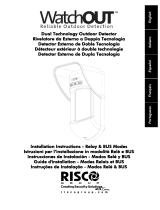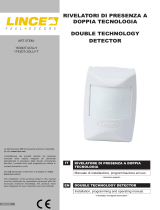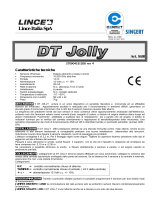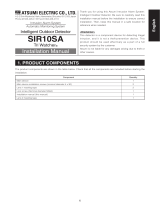*Via the optional Bi-Directional Infrared Remote Control, or the ProSYS Upload/Download Software and
Keypad.
Detection Method
The Ind. LuNAR RK200DTG3 detection is based on:
♦ PIR (Passive Infra-Red) - which responds to changes in the IR radiation caused when an intruder crosses
the protected area.
♦ MW (Microwave) - which transmits signals and analyzes the frequency changes of the reflected echo
from an intruder using Doppler Effect.
ALARM is initiated only when both technologies trigger simultaneously (except for certain situations in the ACT
mode-see page 4 – “How ACT™ Works”), thus greatly reducing the possibility of false alarms.
How ACT™ Works
Anti-Cloak™ Technology (ACT™) provides the benefits of DT (Dual Technology) while avoiding its
drawbacks. This patent pending innovation has created a new standard for detectors. Dual Technology, a
combination of PIR +MW, was an important development for the security industry...but, it has 2 major
weaknesses:
IR emission blocking cloaks employed by intruders enable avoidance of detection.
PIR sensitivity is reduced when the protected area’s ambient temperature approaches body temperature.
Responding to requests from its customer base to solve these pressing problems, RISCO Group developed
ACT™ -a revolutionary anti-cloak solution.
Diagnostic tools include detector input voltage reading and status of each PIR channel and MW
channel (signal voltage and noise levels), AM channel (signal voltage), SW version verification.


























